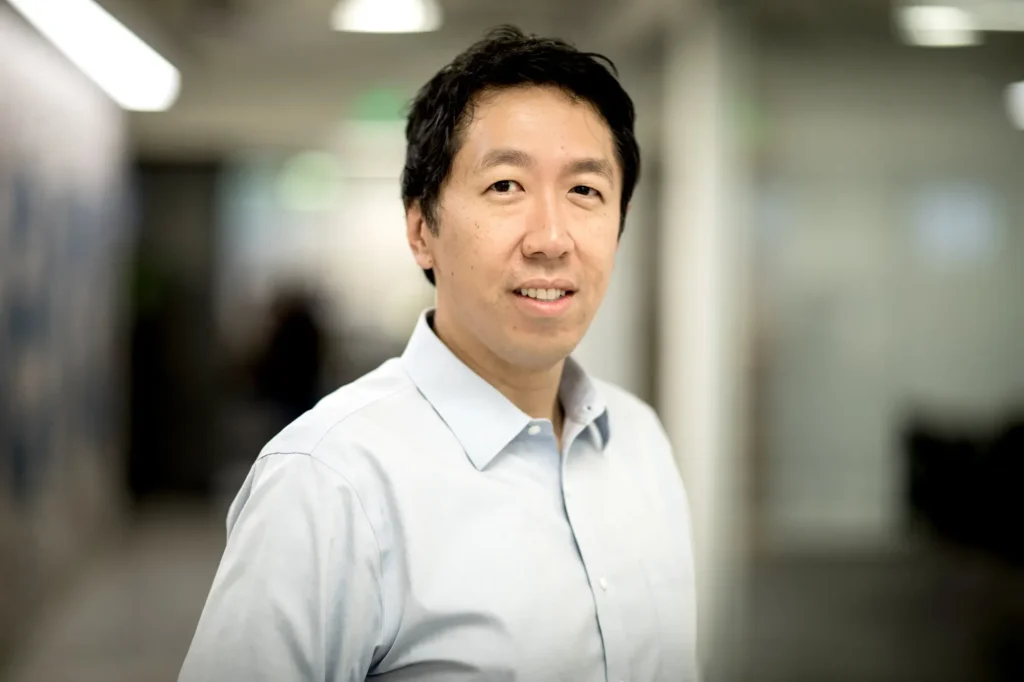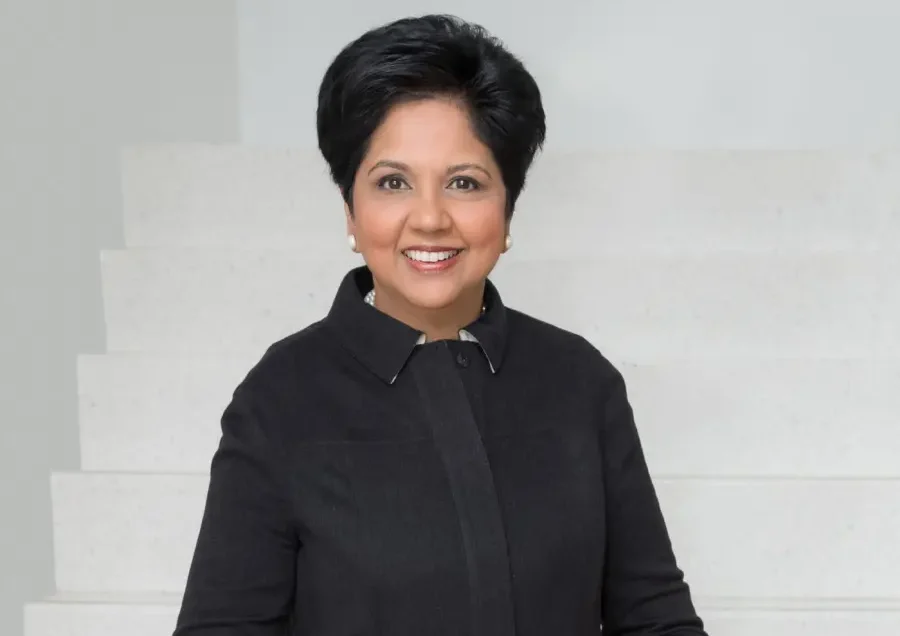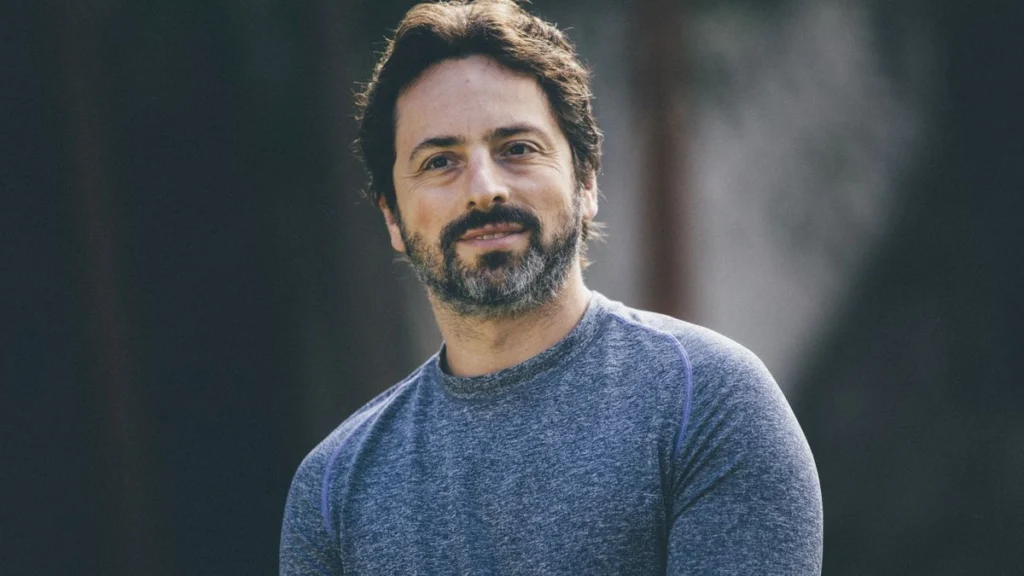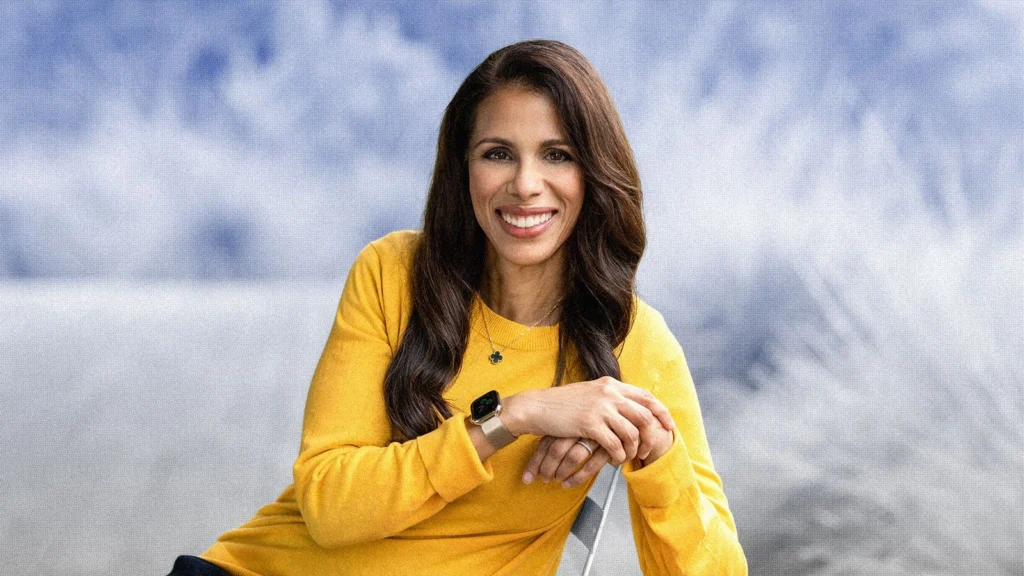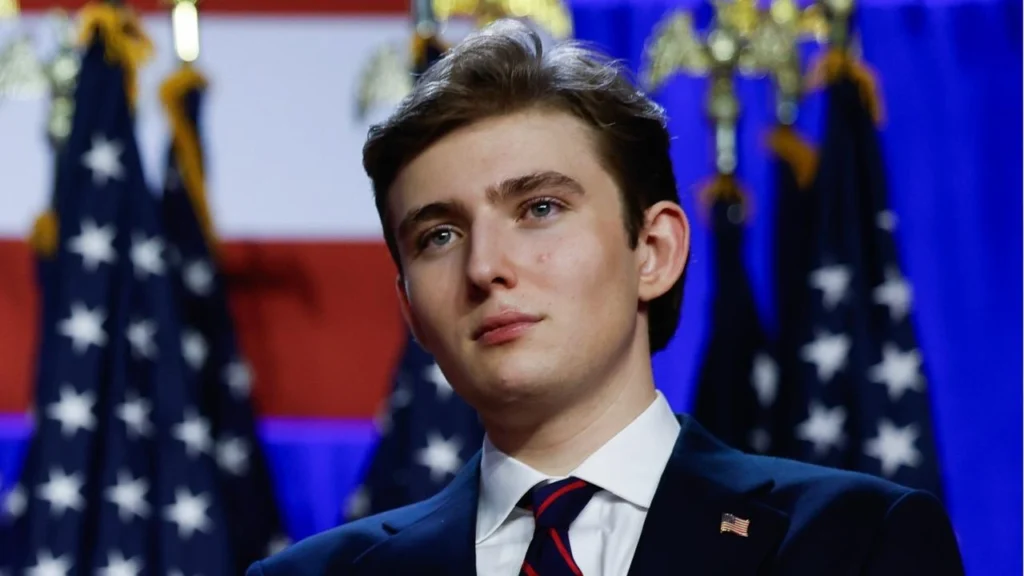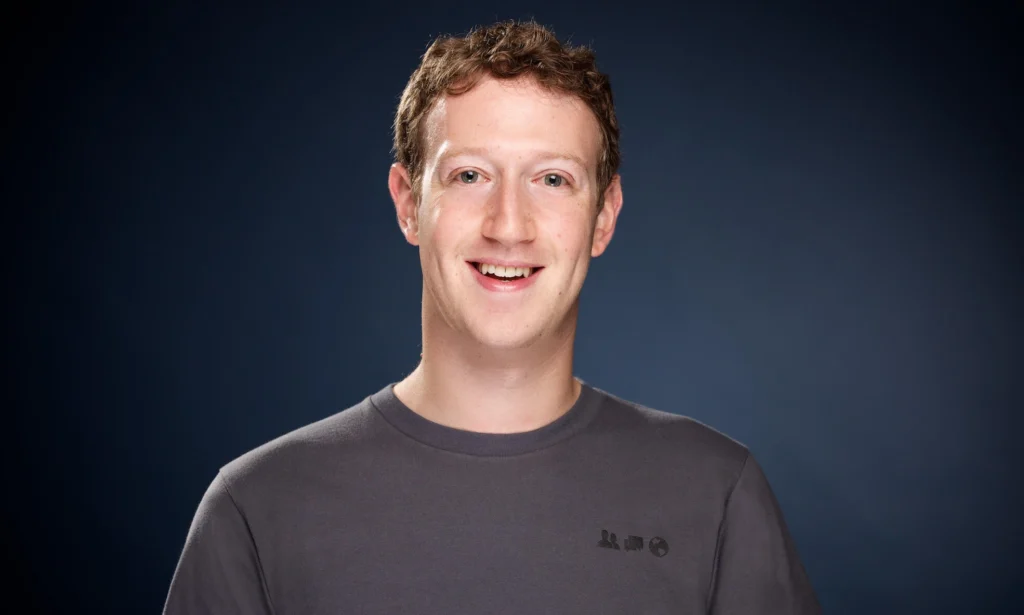2025’s Global Investment Landscape, Where Capital Is Moving in the Post-Inflation Era
2025’s Global Investment Landscape Where Capital Is Moving in the Post-Inflation Era By Marina Ezzat Alfred The year 2025 marks an important change in the global investment landscape. After several years of high inflation, tight monetary policies, and economic uncertainty, investors are now navigating a calmer but rapidly changing post-inflation environment. As inflation decreases in major economies and interest rates stabilize, global capital flows are being redirected in ways that will shape economic growth, sector performance, and investment strategies for years ahead. The Foundation for New Capital Flows One of the key themes of 2025 is the overall decline in global inflation. The United States, United Kingdom, and eurozone have all seen inflation moving back toward target levels after years of unpredictability. This change has allowed central banks to slow down, pause, or even reverse interest rate increases, which reduces pressure on borrowing and encourages investment. The slowdown in inflation has brought back confidence in long-term planning. This shift allows institutional investors, sovereign wealth funds, and private capital groups to leave defensive positions and invest in growth-focused assets. With more clarity in monetary policy, investors can reallocate their capital more confidently, which supports renewed activity in stocks, emerging markets, and alternative assets. Rising Interest in Emerging Markets While developed markets remain stable, emerging markets (EM) have become more attractive due to stronger growth prospects, improving demographics, and substantial government investment in infrastructure and technology. India stands out as one of the top EM performers. Its growing manufacturing sector, rapid digitalization, and increasing domestic consumption have made it a global investment hotspot. Foreign direct investment keeps rising in technology, renewable energy, and industrial production. Southeast Asia, especially Vietnam and Indonesia, is benefiting from global supply-chain shifts. As multinational companies move production away from China, these countries are gaining traction as manufacturing centers. The Middle East, particularly the Gulf Cooperation Council (GCC) region, is another key area for investment. Saudi Arabia, the UAE, and Qatar attract capital for large projects, renewable energy, tourism, and digital infrastructure. Their bold diversification strategies have positioned GCC countries as important players in global investment. At the same time, Africa is emerging as a promising long-term opportunity, with fintech, mobile banking, agricultural technology, and digital infrastructure attracting attention from venture capital and development funds. Technology Remains a Magnet for Global Capital Even as global markets stabilize, technology continues to lead investment strategies. However, the focus within tech has shifted. Instead of broad investments in consumer tech, capital is moving into specialized, high-impact fields that support the next wave of digital innovation. Artificial intelligence (AI) is at the forefront. Investment is flowing into AI infrastructure, including semiconductors, cloud capacity, edge computing, and data centers, as demand for enterprise AI solutions grows across industries. Companies are increasingly using AI-driven tools for automation, customer service, logistics, and strategic planning. This trend is driving record spending and boosting investor confidence. Robotics and automation are also gaining momentum, especially in advanced manufacturing and logistics. Tight labor markets in many areas are speeding up adoption and prompting investment in companies that facilitate automated production. Moreover, quantum computing is becoming a new focus for high-risk, high-reward capital. Government funding and early-stage venture capital are supporting the development of quantum processors and algorithms, acknowledging their long-term potential to transform industries like cybersecurity, materials science, and pharmaceuticals. Sustainable Energy and Green Finance Sustainability plays a key role in global capital allocation. By 2025, renewable energy, green technologies, and climate-resilient infrastructure will attract large amounts of investment. Solar and wind energy remain the leaders, with significant projects in Asia, Europe, and the Middle East. Hydrogen technology, particularly green hydrogen, is quickly drawing investor interest as governments work toward cleaner industrial and transportation systems. Battery storage, EV infrastructure, and updates to the grid are other growing areas. Green bonds and sustainability-linked loans have become common financing tools. They allow companies to access capital while showing their commitment to the environment. As the costs of renewable energy continue to drop, investors see sustainability as a moral choice and a profitable long-term opportunity. Global Real Estate Rebalances in 2025 The global real estate sector is going through a major shift. In many areas, commercial real estate (CRE) is still feeling the effects of remote and hybrid work trends. Demand for office space is mixed. Some large cities are seeing increasing vacancy rates and falling property values. On the other hand, industrial real estate is thriving. The rise of e-commerce, near-shoring, and better logistics has led to more investment in warehouses, fulfillment centers, and transport hubs. Data-center real estate is another strong area. It is growing rapidly as AI models, cloud services, and digital platforms need more computing power. Investors see data centers as crucial infrastructure with lasting demand. Residential real estate is starting to stabilize as interest rates decrease. This reduction is easing mortgage pressure and gradually improving affordability in several markets. Fixed-Income Markets Recover as Yields Stabilize After years of turbulence, 2025 marks a revival of fixed-income investments. With inflation cooling and rate stability returning, government bonds are once again attractive, offering more predictable returns. High-grade corporate bonds are also attracting capital from institutional investors looking for balanced risk profiles. In emerging markets, local currency bonds are benefiting from stronger currencies and better macroeconomic stability, improving their risk-adjusted returns. This renewed interest in fixed income is helping diversify global portfolios that have become heavily reliant on equities and alternatives during the inflation-driven era. Growing Appetite for Alternative Investments Investors looking for stability and diversification are increasingly drawn to alternative assets. Hedge funds are adjusting strategies that take advantage of economic shifts and market disruptions. Meanwhile, private equity is focusing on undervalued companies coming out of the inflationary period. Infrastructure funds, especially those linked to renewable energy, transportation, and digital infrastructure, are gaining popularity. Private credit continues to expand as traditional lending becomes more selective, providing new chances for investors to earn yield. Crypto and Tokenization Enter a New Chapter The crypto market in 2025 is much more regulated,




